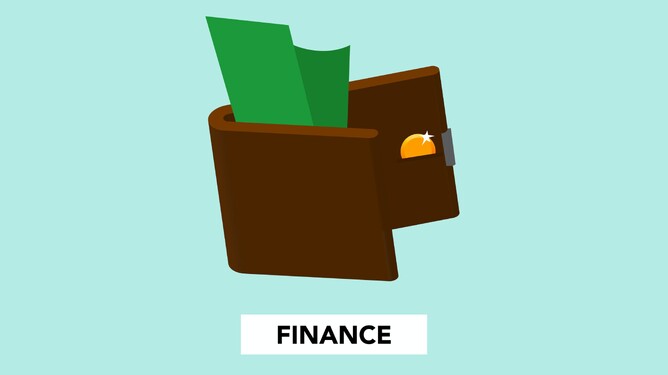Over the last year, we've seen a range of financial support initiatives, grants and loans. Those included the:
- Coronavirus Interruption Loans (CBILS and CLBILS)
- Bounce Back Loan Scheme (BBLS)
As these programmes come to an end, many businesses have been left concerned about how they will manage the season ahead, with a great deal of time and investment required to recover from a year of little to no trade.
The government has now announced the new Recovery Loan Scheme (RLS), replacing all these previous schemes, and intended to help UK businesses regain full strength in the summer to come.
Here we'll explain a little more about the RLS, how it works, and where to submit your application!
Business Finance Through the Recovery Loan Scheme
Like the other loans introduced in response to the Coronavirus pandemic, you don't apply for the RLS directly through HMRC or the British Business Bank.
Instead, you can apply to any of the lenders enrolled in the programme.
Each will have its own lending policies and eligibility, but the scheme itself offers lending up to £10 million, available through a range of financial products:
- Business loans over a fixed term.
- Overdraft facilities.
- Invoice finance services.
- Asset finance facilities.
The right financing for your business will very much depend on how much you need to raise and whether it's best suited as a capital injection, extended borrowing facility, or a cash flow resource.
Guarantees for RLS Credit Facilities
While some of the participating banks may have stricter requirements than others, most businesses should be able to apply if they feel that the RLS would be of benefit.
That's because the government is providing lenders with a guarantee of the total outstanding balance.
Of course, the borrowing business remains liable for the debt, but the bank or lending provider won't lose out if anything happens.
They also need to abide by scheme rules about demanding personal guarantees from company directors:
- RLS facilities under £250,000 cannot require a personal guarantee.
- Lending through the RLS over £250,000 can be backed by a personal guarantee. However, PGs are restricted to a maximum of 20% of the outstanding loan after business asset repayments.
- Lenders cannot hold personal guarantees for RLS loans over a private residence.
Unlike some of the other loan initiatives, the government won’t be covering the interest, though. Instead, companies will need to cover the interest payments and any additional fees (such as arrangement fees, search fees or application charges).
Banks offering RLS lending cannot charge over 14.99%, including the annual interest rate, any upfront fees, and any other costs charged to the business applying for the loan.
Loan Terms for Recovery Loan Scheme Borrowing
The RLS aims to pick up where the earlier schemes left off and provide a secure way for businesses to qualify for lending, which will help them recover from a disastrous year of trade for so many industries.
Therefore, facilities aren't intended to be open-ended or long-term but are a way to shore up cash flow and boost companies who need a helping hand.
Here are the limitations around RLS loans:
- Businesses can borrow up to £10 million as a maximum, capped at £30 million for groups.
- The minimum facility is £1,000 for asset finance and invoice finance.
- Term loans and overdrafts have a minimum of £25,001.
- Loans and asset finance borrowing can run from three months up to six years.
- Overdrafts and invoice finance credit accounts can also run from three months but only up to three years.
RLS applications are not linked directly to other Coronavirus initiatives that haven't yet been repaid. So if you had another loan from one of the programmes listed earlier, you could still apply.
However, some lenders may need to limit the value of a credit facility they can offer through the RLS depending on what remains outstanding from a previous loan.
Choosing a Recovery Loan Scheme Lender
Any banks or lenders offering RLS lending must be accredited with the British Business Bank. You'll find a range of providers, from high street banks to specialist financiers; all enrolled in this initiative.
Some of the banks include:
- Aldermore
- NatWest
- Metro Bank
- RBS
- Bank of Scotland
- Lloyds Bank
- HSBC
There is a complete list of enrolled banks available online.
Remember that the lender's terms will still apply, so it might be preferable for many businesses to apply for an RLS facility through a bank you already use, provided they are enrolled.
If you're interested in applying for RLS borrowing, aren't sure which type of credit would be most beneficial, or need assistance in evaluating the impacts of interest rates and arrangement fees, please give the SAS team a call for tailored advice.


